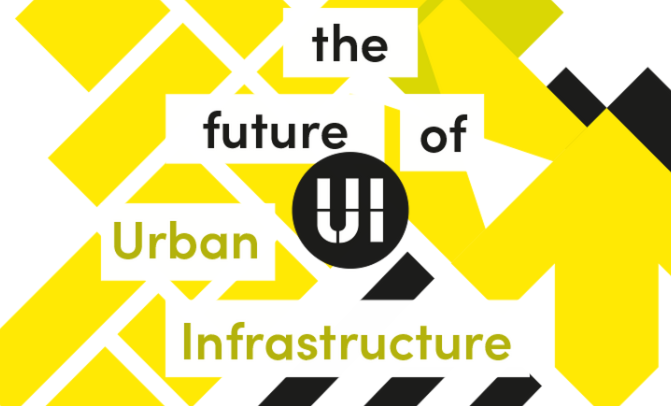Water loss is particularly acute in cities, which are hotspots for direct and indirect water consumption, wastewater and lost opportunities to better manage surface runoff. As part of an innovative circular economy approach, new resources and sustainable materials for the built environment are being mined from previously wasted resources.
Ahead of the Future Build Knowledge Forum in London, UK we speak to lecturer and circular economy advocate Dr Heather Smith from Cranfield University’s Water Science Institute and about the opportunities and challenges of transforming municipal wastewater into an urban resource.
What are some of “quick wins” planners, engineers and construction companies in the urban built environment could make to help improve wastewater management?
There are two quick wins. One is to look for opportunities to incorporate smaller-scale water recycling schemes into new developments. That could be through capturing and reusing rainwater, or finding ways to reuse water from sinks, showers and baths. Water like that can be used for things like garden watering and toilet flushing (no need to flush drinking water!). The other win is to be open to using building materials that have ingredients derived from sewage. It sounds a bit gross but there’s real opportunity there!
And your focus is on removing this notion of waste, isn’t it… can you give us some examples of by-products and potentially valuable resources we could unlock as part of a circular economy approach…
Water itself is still probably the most valuable resource we can recover from sewage. There are also possibilities for recovering different kinds of fertilisers. But these days one of the neatest potential resources is cellulose – literally recycled toilet paper. Special filters can now recover cellulose from wastewater as it enters the sewage treatment plant. It can be used as an ingredient for things like asphalt, building insulation, and plastic composites for decking and cladding.
Very interesting possibilities! How can Futurebuild attendees – or indeed, anyone else – begin to find out more or get in touch?
Come to our session on 6 March – it’s called “Transforming municipal wastewater into an urban resource – opportunities and challenges” at 15:00 in the Knowledge Forum Hub. You can also come and find our stand in the Knowledge Forum (C-132).
Otherwise you can email me or follow our research projects and me on twitter @hms_research, @cranfieldwater, @nextgenwatereu, @smart_plant_eu
Thank you very much Dr. Smith. We look forward to seeing some of these actions become mainstream reality!

